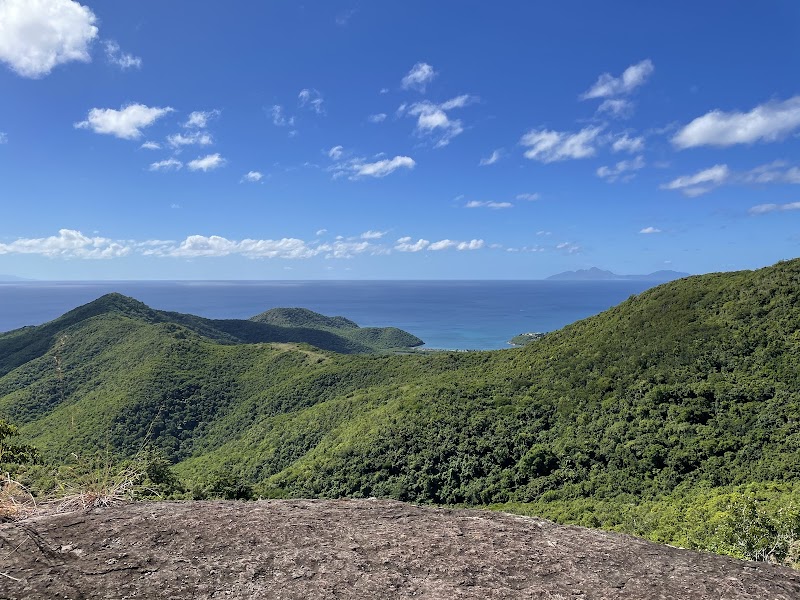
Wallings Nature Reserve Adventures
Wallings Nature Reserve offers a diverse natural landscape of forests, wetlands, and streams, providing excellent opportunities for hiking, wildlife observation, and peaceful outdoor recreation in southern Maine.
About Wallings Nature Reserve

Wallings Nature Reserve, located in Cumberland County, Maine, covers approximately 220 acres of protected land characterized by mixed hardwood and conifer forests, riparian zones, and wetlands. This reserve is owned and managed by the Maine Chapter of The Nature Conservancy, focusing on habitat preservation and ecological research. The landscape features gentle hills and an extensive network of trails that traverse quiet forests and freshwater ecosystems, making it an inviting destination for hikers, bird watchers, photographers, and nature enthusiasts. Notable ecological components include mature oak and pine stands, vernal pools, and wetlands that serve as breeding grounds for amphibians and habitat for migratory birds. The reserve supports species such as barred owls, wood thrushes, and various small mammals. While no formal campgrounds or overnight facilities exist within the reserve, day-use opportunities abound with well-maintained trails that connect to neighboring conservation lands. The history of the area includes past agricultural use, but the land has been actively restored to promote native vegetation and biodiversity. Visitors appreciate the quiet setting and the chance to explore diverse habitats close to the Portland metropolitan area. Wallings Nature Reserve is a prime example of local conservation efforts to protect natural habitats while providing accessible outdoor recreation.
Highlights
Scenic mixed hardwood and pine forests with vibrant fall foliage
Vernal pools rich with amphibian breeding activity
Diverse birdwatching opportunities including migratory and resident species
Quiet, well-marked trails suitable for families and casual hikers
Notable Natural Features
Vernal Pools
Seasonal wetlands hosting amphibian breeding and supporting a unique micro-ecosystem.
Mixed Hardwood Forest
Forest comprising oak, maple, and pine that offers habitat for birds and mammals across multiple seasons.
Wallings Stream
A small freshwater stream running through the reserve that supports wetland habitats and contributes to local watershed health.
